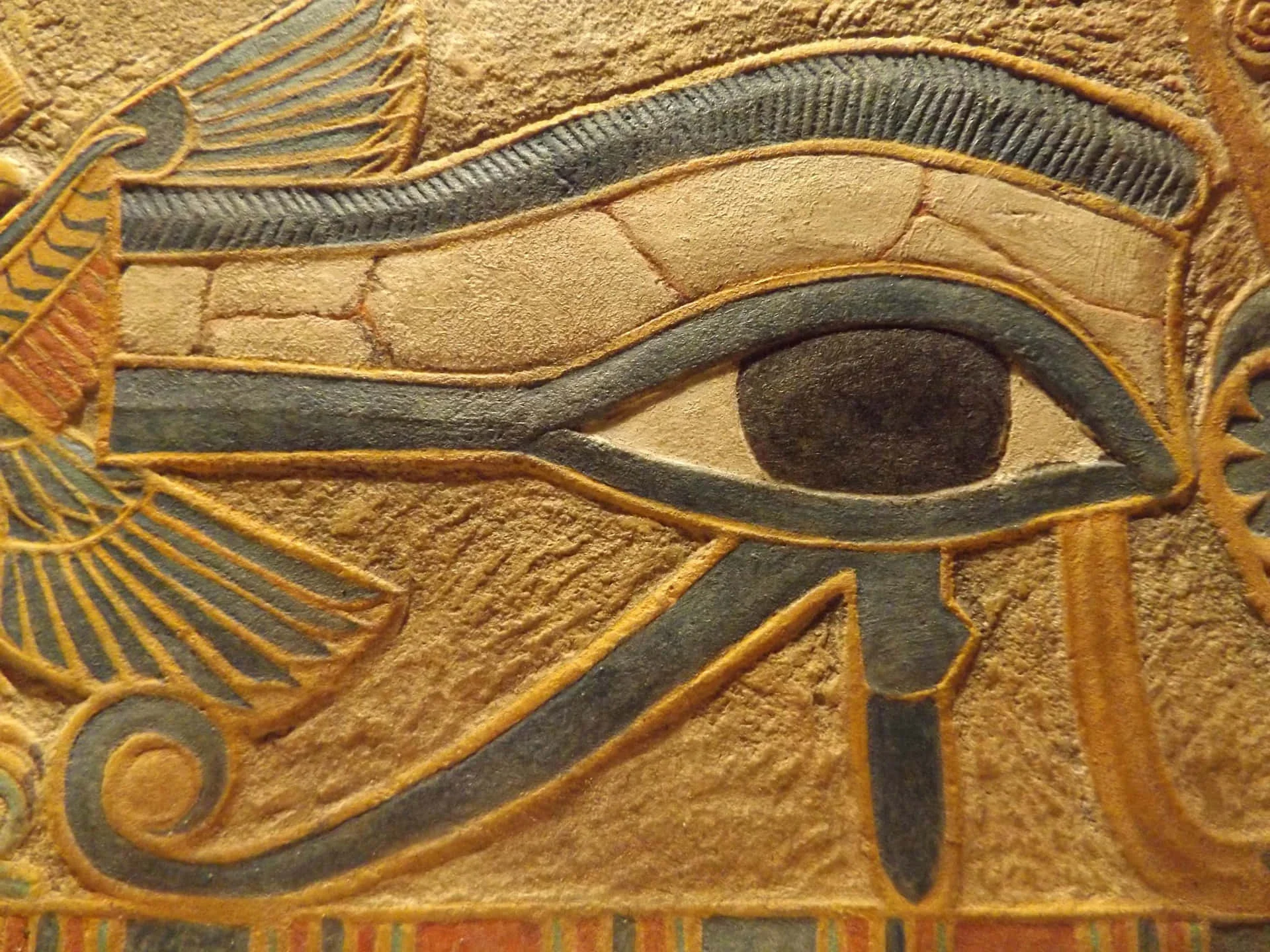The Savior of Horus to the Greek-Roman Faith
Horus at the time of the unification of Upper and Lower Egypt. Horus was known as Nekeni meaning falcon It was said that during the waning moon Horus became blind and was given the title Mekenti-ur-irti or the one without eyes When the moon reappeared Horus was called Neferhor or Noferos nfr ḥr.w meaning Horus the benevolent The eye of Horus was an ancient Egyptian symbol representing royal protection and power from the gods Horus was a large falcon with outstretched wings with the right eye of the sun and the left eye of the moon A form of the epithet Kemwer Horus is a descriptive term meaning the one above or the one far away In Coptic times this name became Hōr and was originally included in later Egyptian names meaning Horus son of Isis
The young Horus was often called the Savior First recorded in the Amarna period Ched represented the idea of salvation and was identified with Horus He could also be described as a young prince who defeated serpents lions and crocodiles The Savior This symbol appears on the figure of Isis The figure of a young boy and his mother seated on a lotus flower naked with a finger in his mouth is depicted in ancient Egyptian sculpture Associated with Bastmut and Hathor in Egyptian the word Wedjat is the eye of one of the earliest Egyptian gods associated with Isis and others Wedjat was the god of the sun Starting with the all-seeing eye Hathor was also depicted with this eye Early amulets were often made in the form of the eye of Horus The main element of the 7strand bracelet of lapis lazuli and carnelian gold found on the mummy of Shoshen II protected the king in the afterlife The Greeks of the Ptolemaic dynasty called the young Horus Harpocrates representing the young man with his hair tied in a crown of Egyptian unity The symbol of the figure of Horus is represented by the first rays of the sun and the sunrise
In the later period the young Horus's slaying of Seth which represents faith was interpreted as a response to the attempt Harpocrates was depicted alone or with other gods with the same symbol throughout the Greek-Roman world On one hand he wore a peacock crown but over time the crown was reduced in size and eventually transformed into a lotus below his body or he wore a haemato on his left arm the fertility crown on his head. He wore a peacock crown a bronze statue dating back to the second or third centuries after Christ On the other hand he was emerging in Roman iconography Amor as winged Dionysus as he wore leaves and grapes in his hair or held them in his hand Hercules as he carried a club and sometimes a serpent He merged with these gods from the Hellenistic period The general form of Horus as a winged falcon was no longer the Egyptian form but the Greek form of the aura with only pigtails crowned with various symbols of power on top It was not theocratic and instead was represented in a more elegant rounded volume which was common in GreekRoman art It was a symbol of the creative and regenerative power inherited from Osiris His father was later replaced by Serapis or Antinous
According to the characteristics of the Greek-Roman world, the gods of Egyptian origin were prevalent mainly between the 1st and 3rd centuries AD and became less so during the 4th century AD Serapis Anubis Osiris and Harpocrates are also found but only in monuments Beginning in the Hellenistic period the general appearance of the young Horus was not like that of the Egyptians but became Greek His face was not theocratic only with braids a crown and various symbols of power According to the principles of Greek art he was a fat boy or a teenager with the characteristics only of Harpocrates Horus is mentioned in many inscriptions and Harpocrates is also depicted and Serapis Anubis Osiris and Harpocrates are found on bronze statues gems terracotta or clay coins. Only in monuments Horus was depicted as a naked boy or in a robe raising the index finger of his right hand to his mouth.
The mystical meaning of Isis the mother of Horus is associated with silence and wearing a smaller and more characteristic diadem on her head sometimes with a rayed crown It seems that her achievements were less in the Roman world than in the Greek world13 where she is mentioned in numerous inscriptions and is depicted as representing the idea of salvation as Horus fertility Horus the representative of the natal sun in Roman symbolism was mixed with other gods










